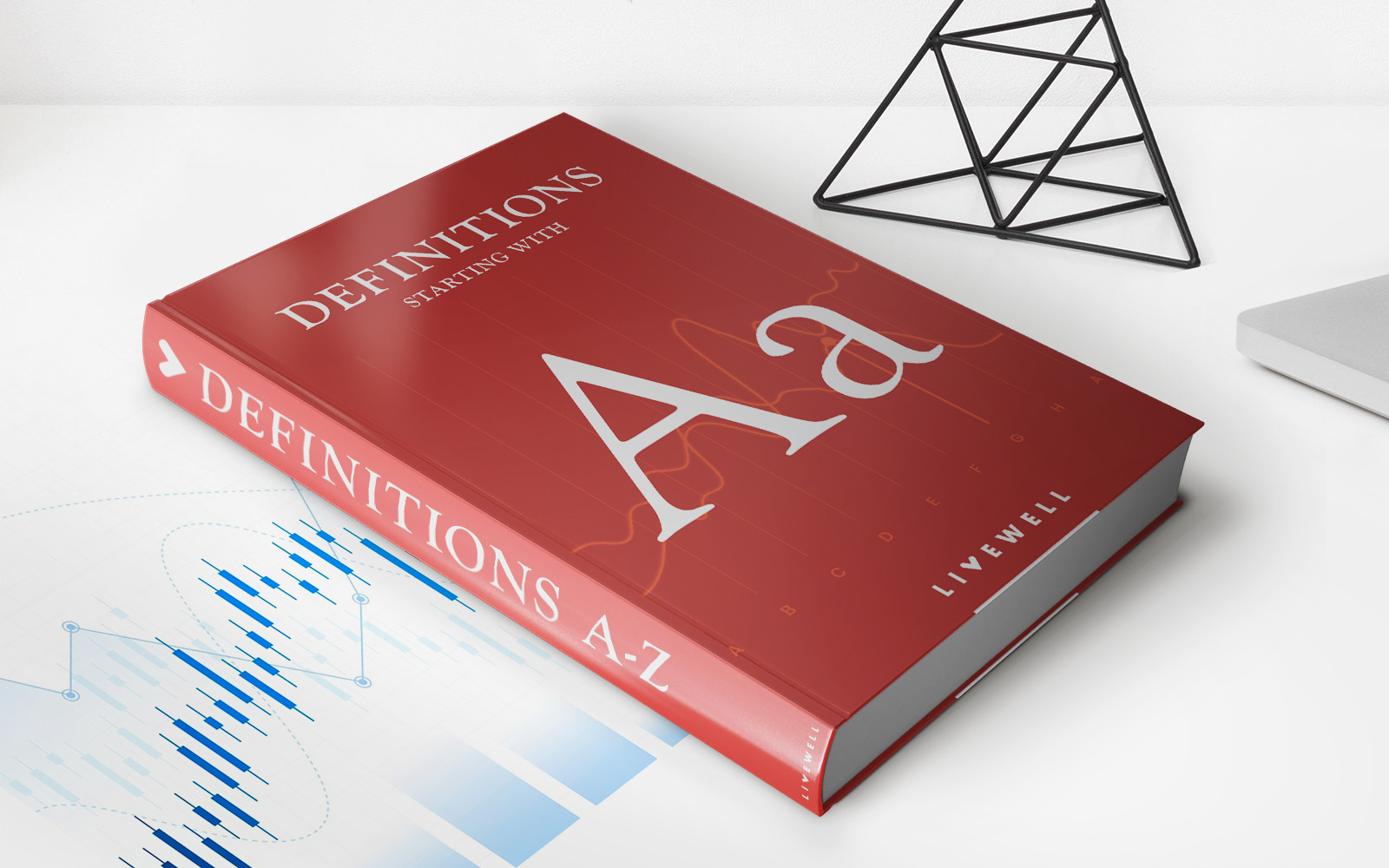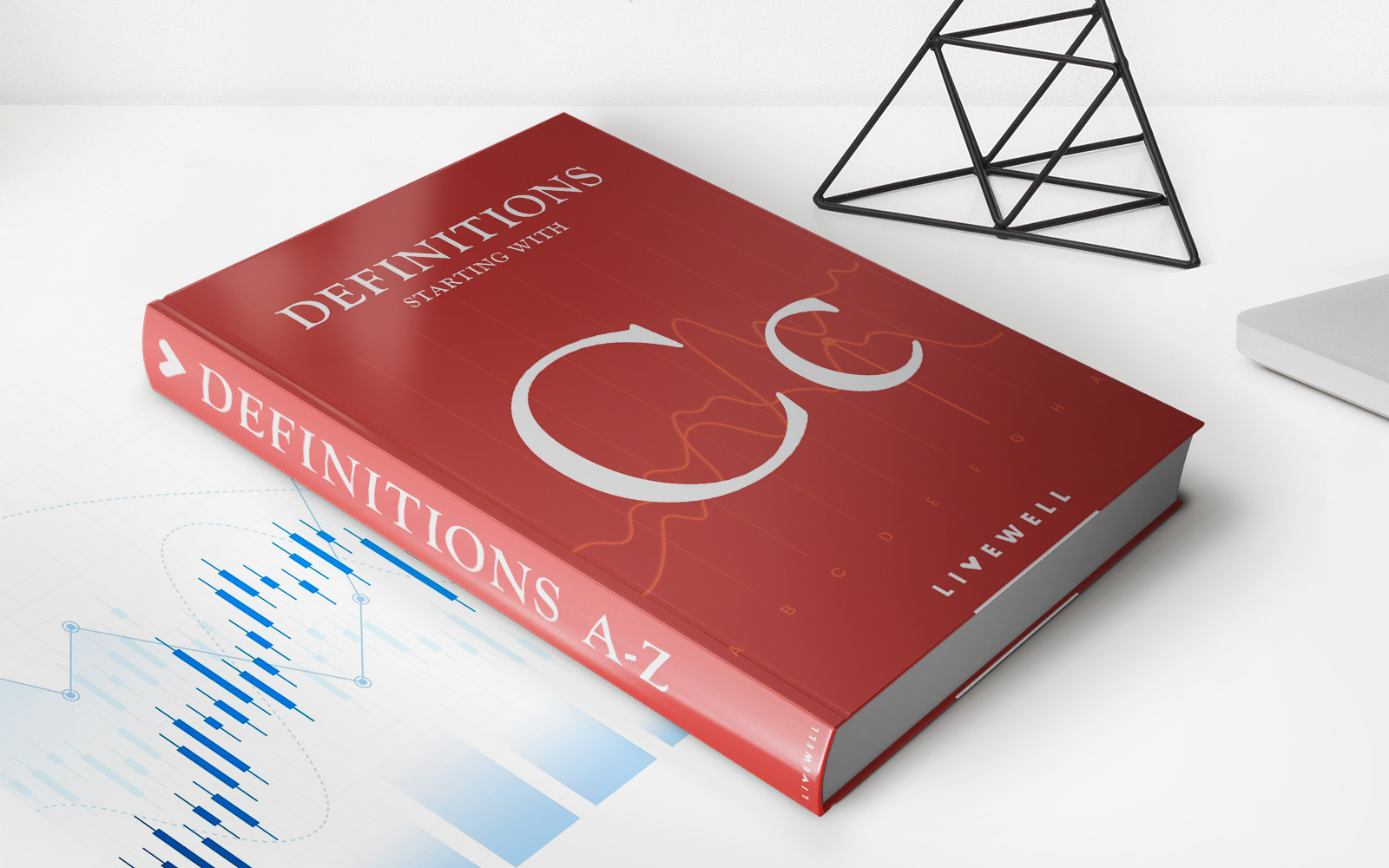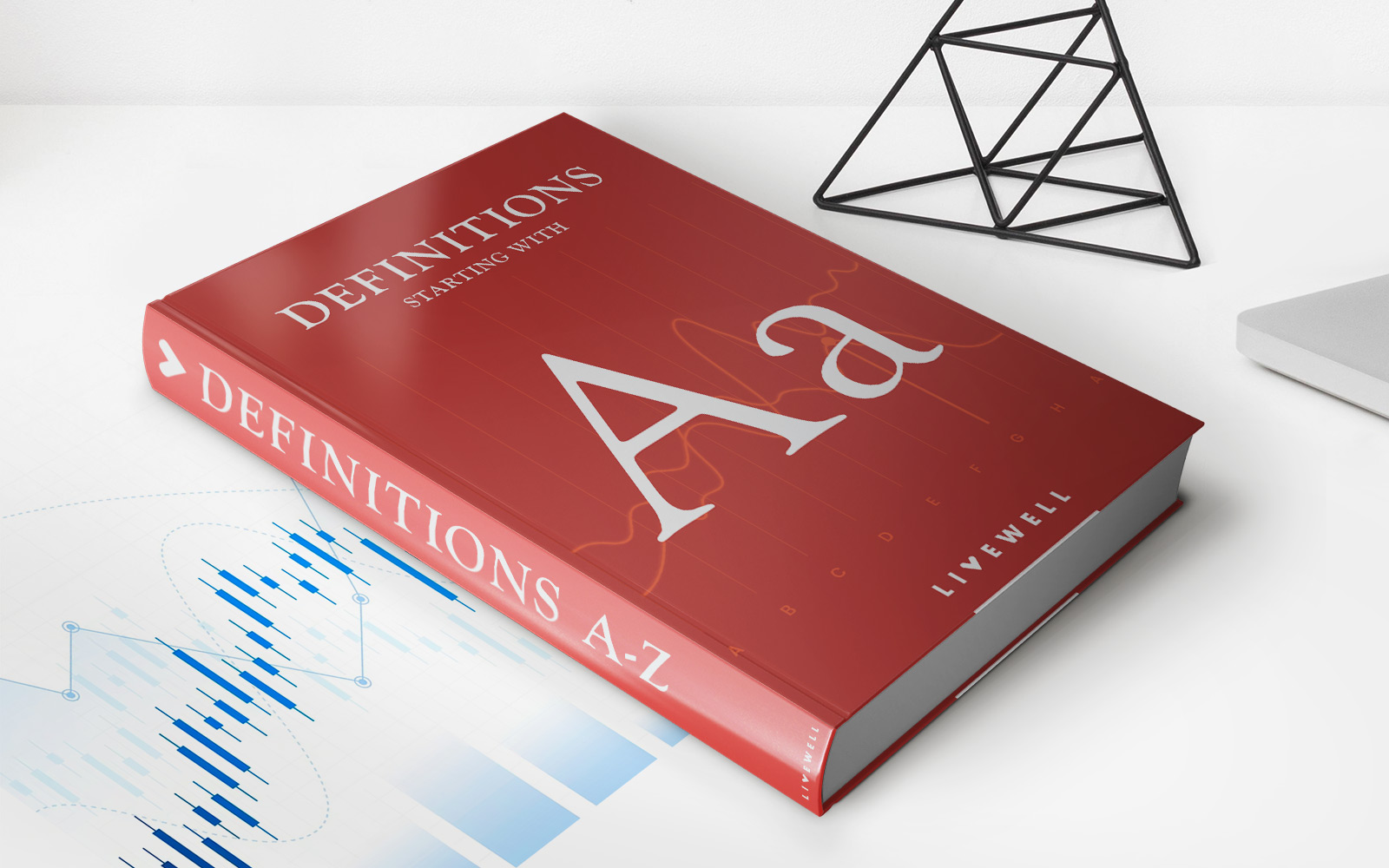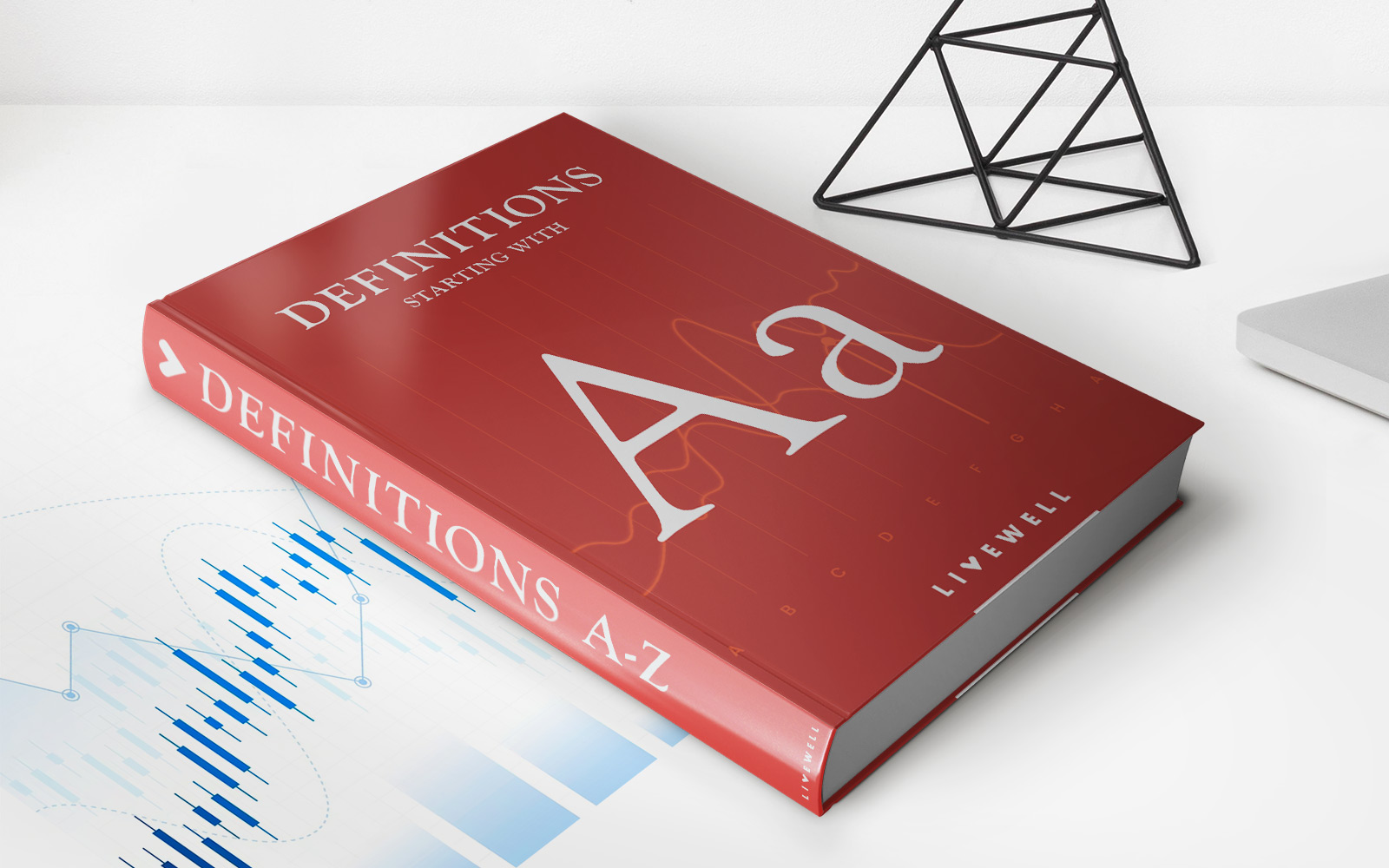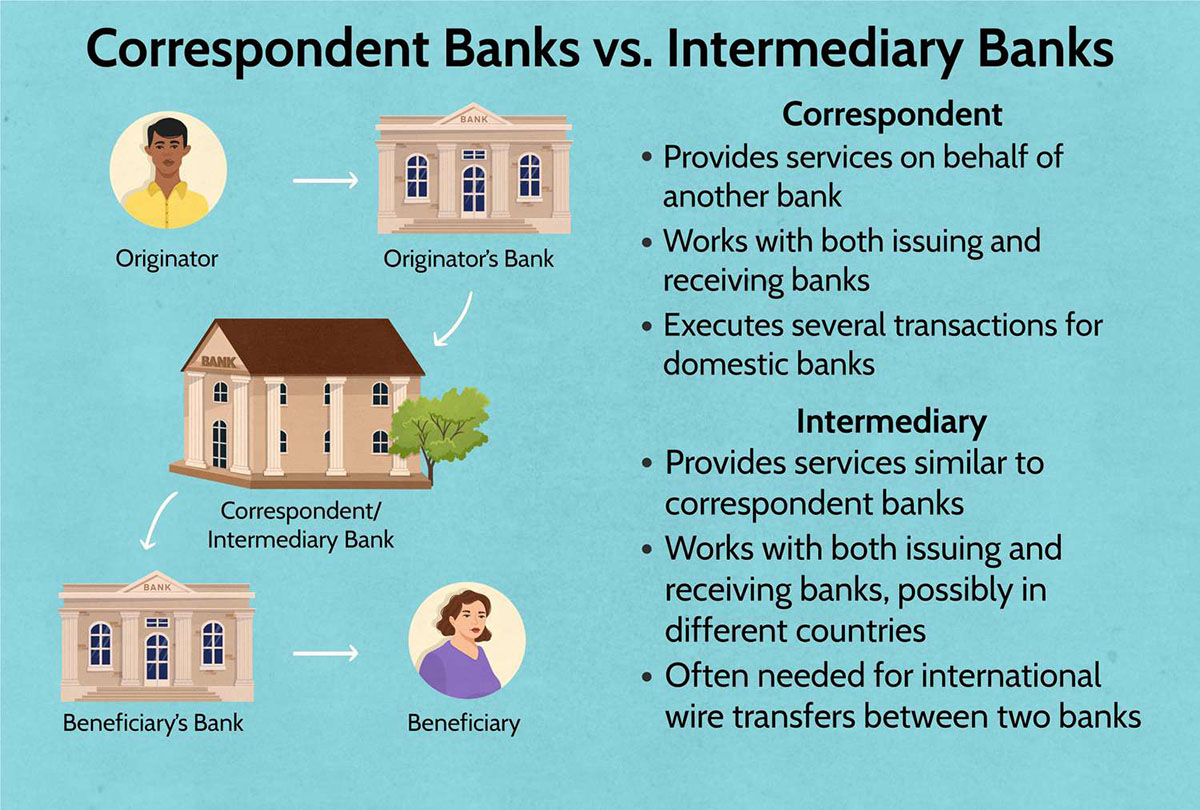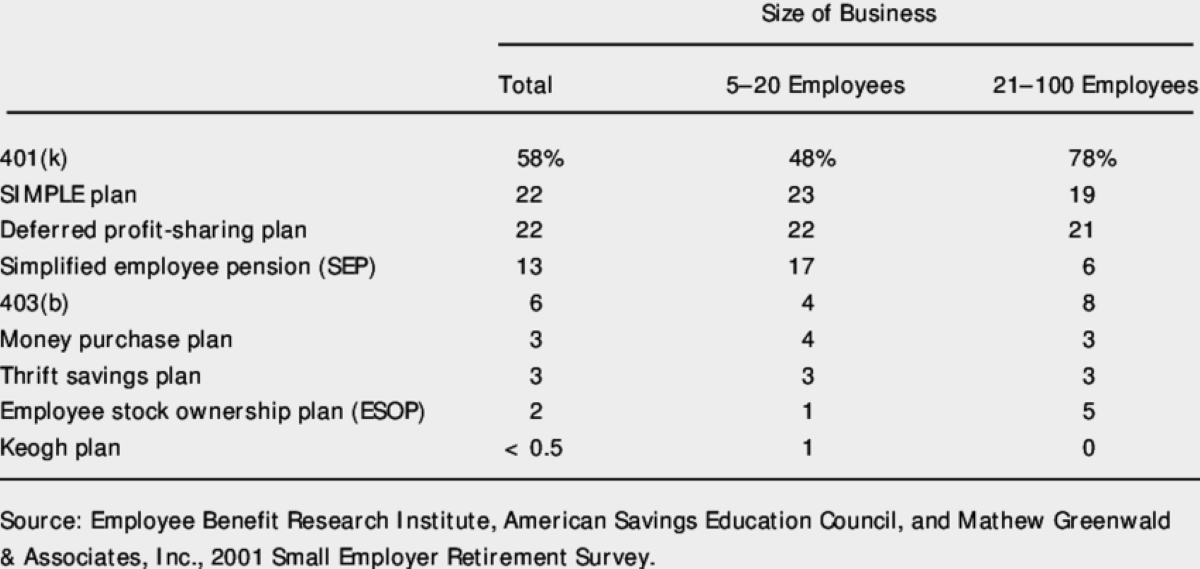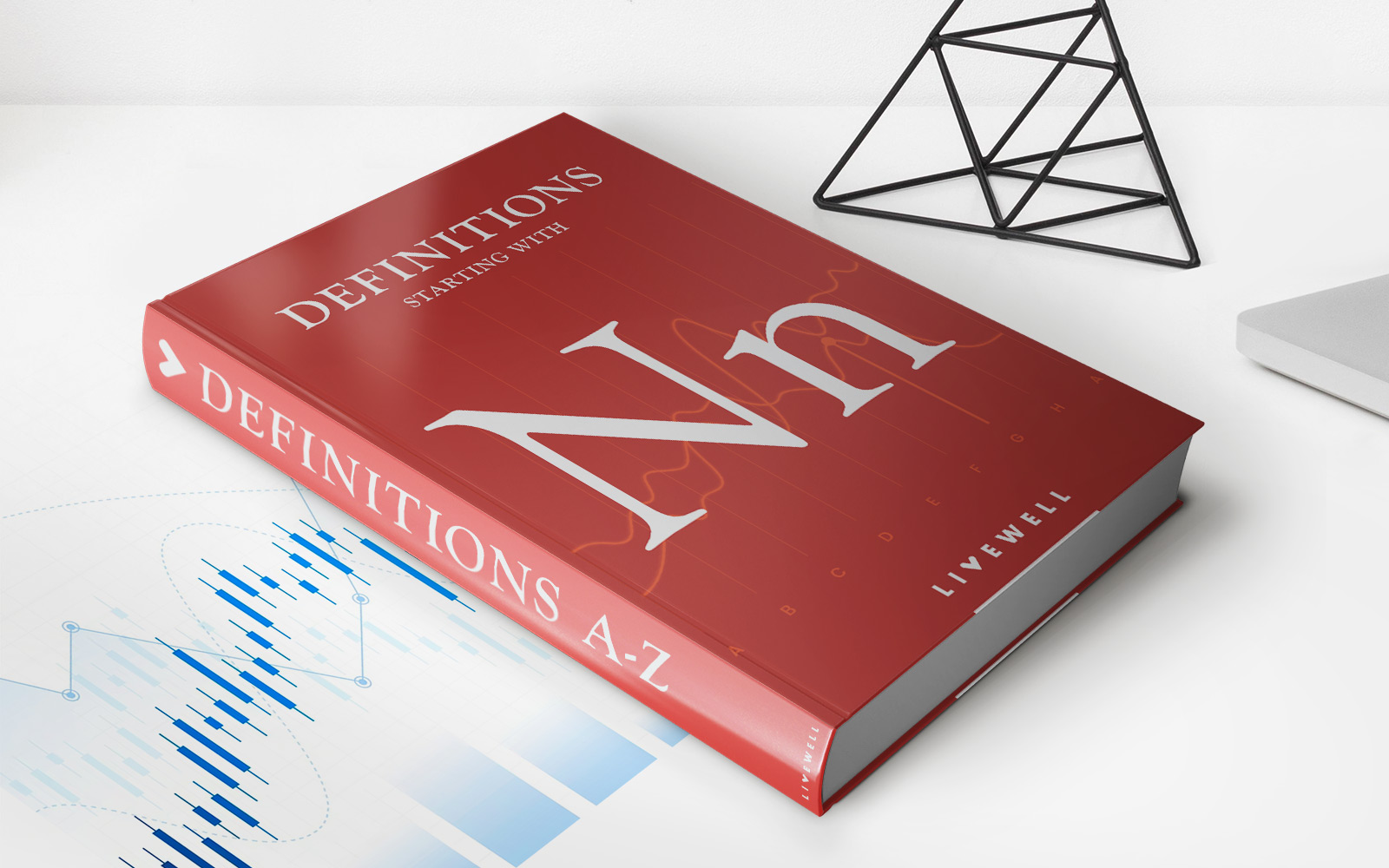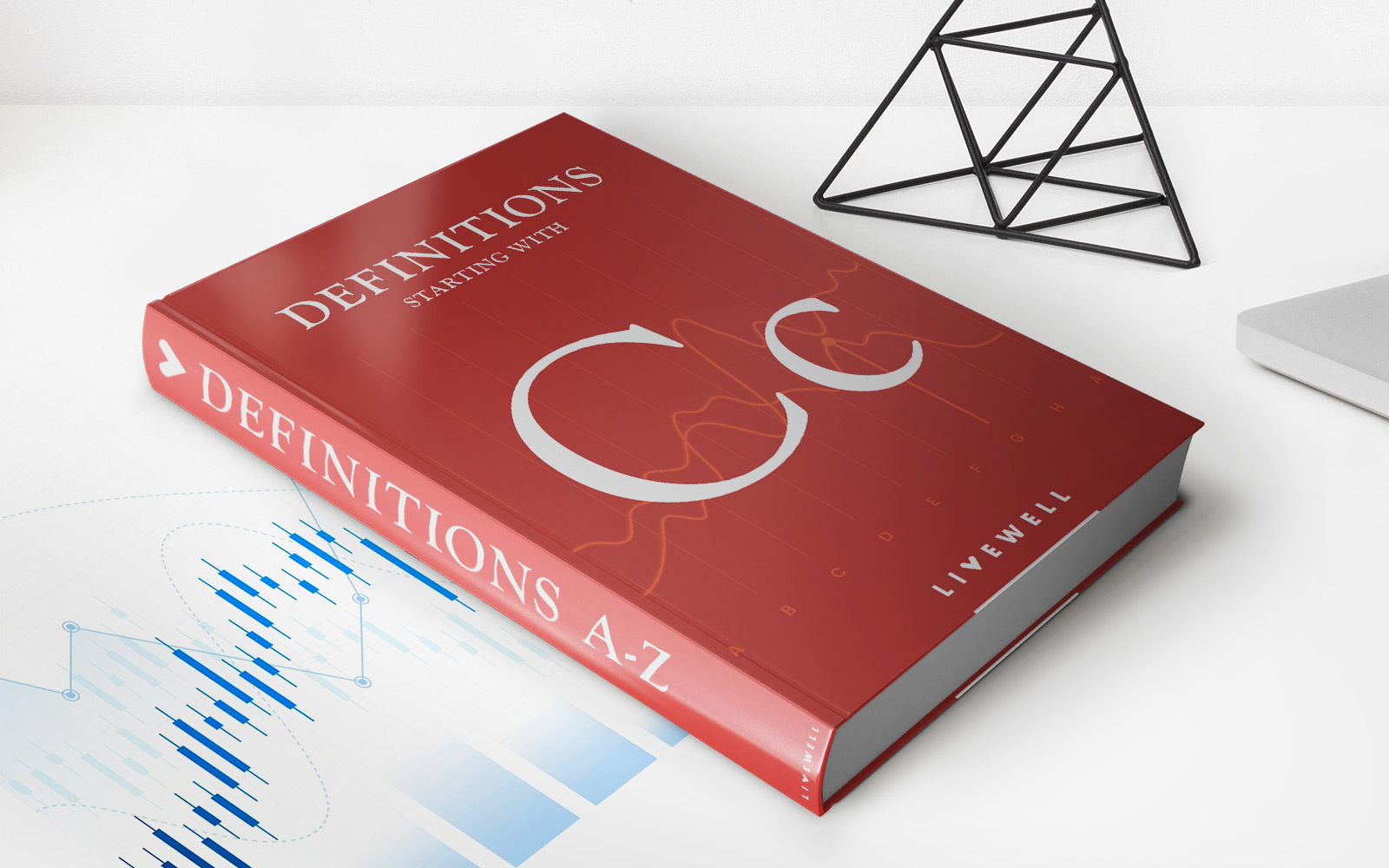

Finance
Correspondence Audit Definition
Published: November 3, 2023
Discover the meaning of a correspondence audit in finance. Understand how it affects individuals and businesses. Improve your financial knowledge today.
(Many of the links in this article redirect to a specific reviewed product. Your purchase of these products through affiliate links helps to generate commission for LiveWell, at no extra cost. Learn more)
Understanding Correspondence Audit Definition: A Comprehensive Guide
Welcome to our Finance category blog post! In this article, we will discuss a key topic in the realm of finance – the Correspondence Audit. If you’ve ever received a letter from the tax authorities with the term “correspondence audit” mentioned, you may be wondering what it truly entails. Well, you’re in the right place. In this guide, we will break down the Correspondence Audit Definition, its purpose, and how it may impact you or your business.
Key Takeaways:
- A Correspondence Audit is a type of audit conducted by the tax authorities through written correspondence, especially when they need additional information from you or want to verify specific details.
- Unlike an in-person audit, a Correspondence Audit allows you to respond to the tax authorities’ requests without the need for face-to-face interactions, offering convenience and reducing potential stress.
So, what is a Correspondence Audit?
A Correspondence Audit is a method employed by tax authorities to gather additional information or clarify tax return details without the need for an in-person audit. This form of communication is usually initiated through a letter or written notice, hence the term “correspondence.” The tax authorities may require supporting documentation, clarification on certain deductions, or even documentation related to foreign bank accounts.
Now, let’s dive a bit deeper into the Correspondence Audit process:
1. Receiving the Notice
The Correspondence Audit typically begins when you receive a notice from the tax authorities. This notice will explain the reason for the audit and specify the information they require. It’s important not to panic if you receive such a notice as it might only be a routine check or a simple query unrelated to any wrongdoing on your part.
2. Gathering Information
Once you’ve understood the purpose of the audit, your next step is to gather all the requested information. This may include bank statements, donation receipts, proof of business expenses, or any other documents related to the specific inquiry mentioned in the notice. Organize the documentation meticulously to ensure you provide accurate and complete information in your response.
3. Responding to the Tax Authorities
With all the required documentation in hand, it’s time to respond to the tax authorities. Prepare a thorough and clear response, attaching the requested information. If you have any doubts or uncertainties, consult with a tax professional for guidance to ensure your response addresses the audit’s purpose confidently.
Key Takeaways:
- A Correspondence Audit allows tax authorities to gather additional information or clarify details without the need for an in-person audit.
- Upon receiving a notice, gather the requested information, organize it meticulously, and respond clearly and thoroughly to the tax authorities’ queries.
Remember, a Correspondence Audit is not necessarily a cause for concern. Often, tax authorities conduct these audits to maintain accuracy and efficiency in tax compliance. However, it is crucial to respond promptly and provide the requested information accurately to avoid any potential issues.
By now, you should have a good understanding of the Correspondence Audit Definition and the steps involved in this process. Stay informed, keep your records organized, and respond diligently to ensure a smooth audit experience. If you have any further questions, consult with a tax professional who can provide personalized guidance based on your unique circumstances.
